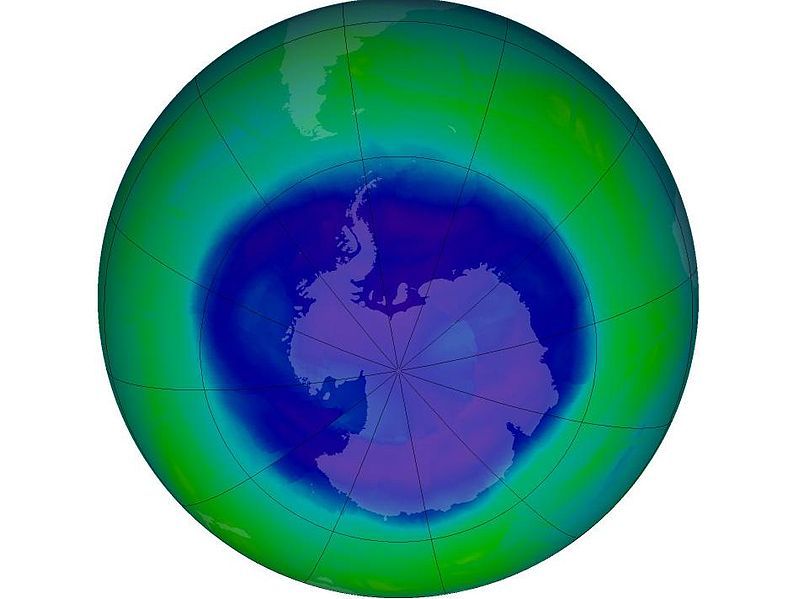Arctic ozone hole a cause for concern
For the first time, a hole similar to that seen over Antarctica for decades has emerged over the Arctic for the first time.The unusually cold weather at altitude is said to have caused the damage, where 80% of ozone was lost at 20km above the ground. During cold spells, chlorine chemicals in the atmosphere are more active.

For the first time, a hole similar to that seen over Antarctica for decades has emerged over the Arctic for the first time.The unusually cold weather at altitude is said to have caused the damage, where 80% of ozone was lost at 20km above the ground. During cold spells, chlorine chemicals in the atmosphere are more active.
Ozone destroying chemicals such as CFC’s have been known to cause ozone destruction for years and the hole in the Antarctic was detected decades ago. The Montreal protocol, in 1987 restricted CFC use and had considerable success in slowing and even beginning to reverse ozone depletion. But the ozone is particularly sensitive to these chemicals in cold conditions and unusually cold winters in the northern hemisphere have created the hole. The southern hemisphere winters are considerably colder and therefore it suffers from ozone depletion far more than the north.
Chlorine compounds remain in the atmosphere for decades and so it will be many years before the holes return to pre industrial levels. It is not yet clear whether the northern ozone hole will pose any risk to people. There has also been a steady decline in the overall ozone layer of around 4% per decade and scientists have been predicting the emergence of an Arctic ozone hole for many years.
Unfortunately, whilst measures have been taken to reduce emissions of ozone damaging chemicals, global warming is cooling the stratosphere and thus increasing the destructiveness of the gases still in the atmosphere. Some estimates put recovery of the ozone layer to be around 2045 for the arctic ozone and 2060 for the Antarctic, as the halocarbons gradually dwindle in the stratosphere.






